The passive voice is expressed by the stem of the negative (nai) form of a verb, followed by auxiliary reru or rareru. Reru is used with Regular I verbs, e.g., yomareru (“be read”), and rareru with Regular II verbs, e.g., taberareru (“be eaten”). The Irregular verbs kuru and suru become korareru and sareru (“be done”), respectively.
In a passive Japanese sentence, the object of the active sentence becomes the subject (and is therefore marked by the particle ga), and the agent (the doer of the action) takes the particle of in (“by”). The agent may, however, be omitted when it is not important or is unknown.
Formation:
Passive Conjugation Rules
All passive verbs become ru-verbs.
ru-verbs: Replace the last 「る」 with 「られる」
u-verbs: Change the last character as you would for negative verbs but attach 「れる」 instead of 「ない」.
Exception Verbs:
「する」 becomes 「される」
「くる」 becomes 「こられる」
日本語 / にほんご / Japanese
(1)健二は時々お父さんにしかられる / しかられます。
(2)木村先生は学生に尊敬されている / 尊敬されています。
(3)私はセールスマンにだまされた / だまされました。
(4)秘書は部長にほめられた / ほめられました
(5)この病院は10年前に建てられた / 建てられました。
(6)今晩、この講堂でリサイタルが行われる / 行われます。
(7)ベンソンさんは歓迎会に招待される / 招待されます。
英語 / えいご / English
(1)Kenji is sometimes scolded by his father.
(2)Professor Kimura is respected by his students.
(3)I was deceived by the salesman.
(4)The secretary was praised by the department head.
(5)This hospital was built ten years ago.
(6)A recital will be held in this auditorium in this evening.
(7)Mr. Benson will be invited to the welcome party(which is given to welcome someone).
ひらがな / Hiragana
(1)けんじは ときどき おとうさんに しかられる / しかられます。
(2)きむらせんせいは がくせいに そんけいされている / そんけいされています。
(3)わたしは せーるすまんに だまされた / だまされました。
(4)ひしょは ぶちょうに ほめられた / ほめられました。
(5)このびょういんは じゅうねんまえに たてられた / たてられました。
(6)こんばん、このこうどうで りさいたるが おこなわれる / おこなわれます。
(7)べんそんさんは かんげいかいに しょうたいされる / しょうたいされます。
ローマ字 / Roman letters
(1) Kenji wa tokidoki otōsan ni shikara reru/ shikara remasu.
(2) Kimura sensei wa gakusei ni sonkei sa rete iru/ sonkei sa rete imasu.
(3) Watashi wa sērusuman ni damasa reta/ damasa remashita.
(4) Hisho wa buchō ni home rareta/ home raremashita
(5) kono byōin wa jyuu-nen mae ni tate rareta/ tate raremashita.
(6) Konban, kono koudou de risaitaru ga okonawa reru/ okonawa remasu.
(7) Benson-san wa kangei-kai ni shōtai sa reru/ shōtai sa remasu.






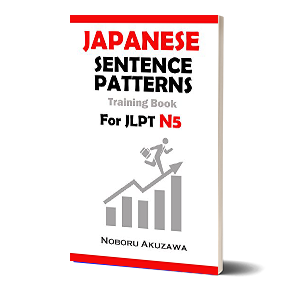
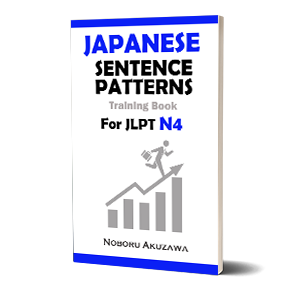
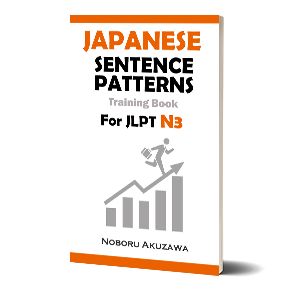
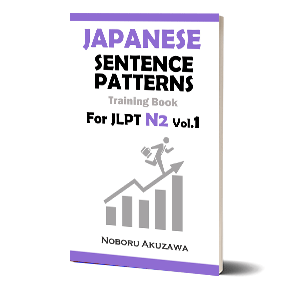
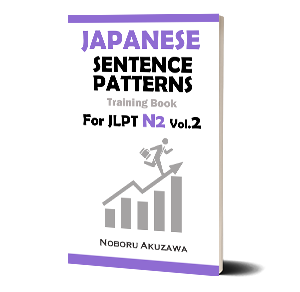
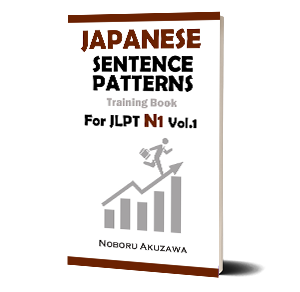
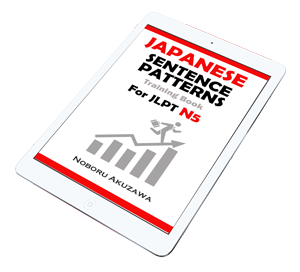
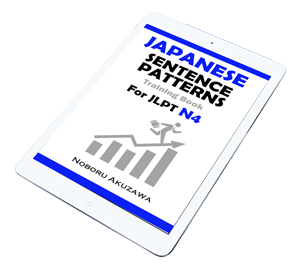
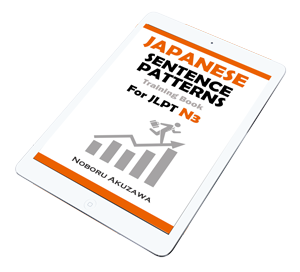
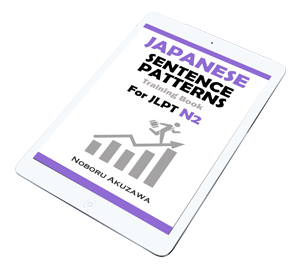
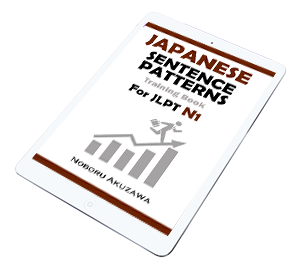








No comments yet.